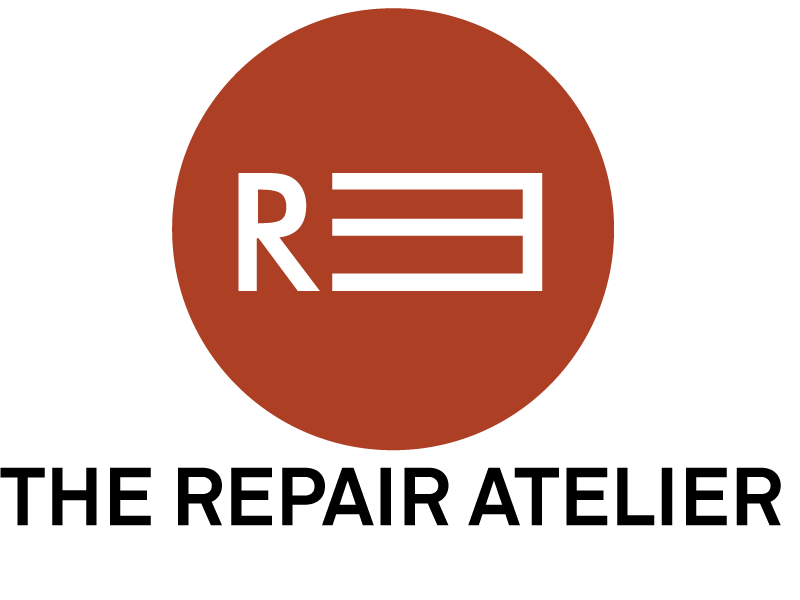On Jugaad
By Hammad Abid
I was ten years old when I first encountered jugaad. I would accompany my father to our family’s textile mill in Meerut, India. One day he advised a technician who needed loom equipment that could only be imported from China: use some jugaad and fix it cheaper and faster by repurposing some scrap parts out of older looms. Since then, I’ve come to understand jugaad not as a grand premeditated plan, but as a method for patching things up as need arises. It is a way to remedy and repair challenges as they emerge in everyday life with thrift and limited resources. As part of a culture of reuse and ingenuity, jugaad was present everywhere in our house, particularly in the ethical conservation of textiles. A new party outfit would become my casual wear; over time, I might wear it to the gym, then as pajamas for sleeping. As the clothes fell apart, my mom wouldn’t throw them away; she used them first to dust the house and finally to mop the floor. By necessity, jugaad offers an alternative approach to prevailing cycles of consumerism, demonstrating how people creatively engineer solutions to daily, economic, and environmental challenges by recontextualizing and transforming the items around them.

